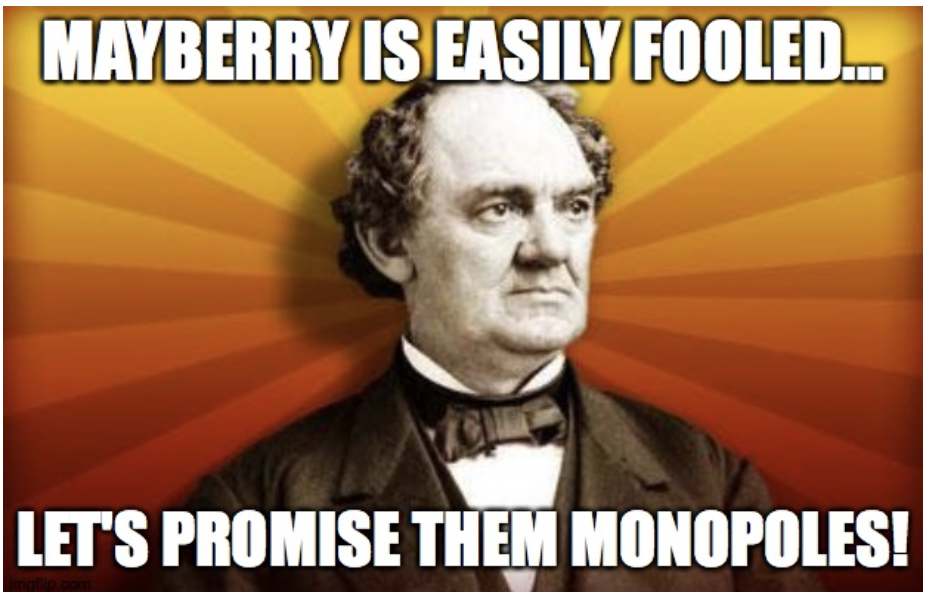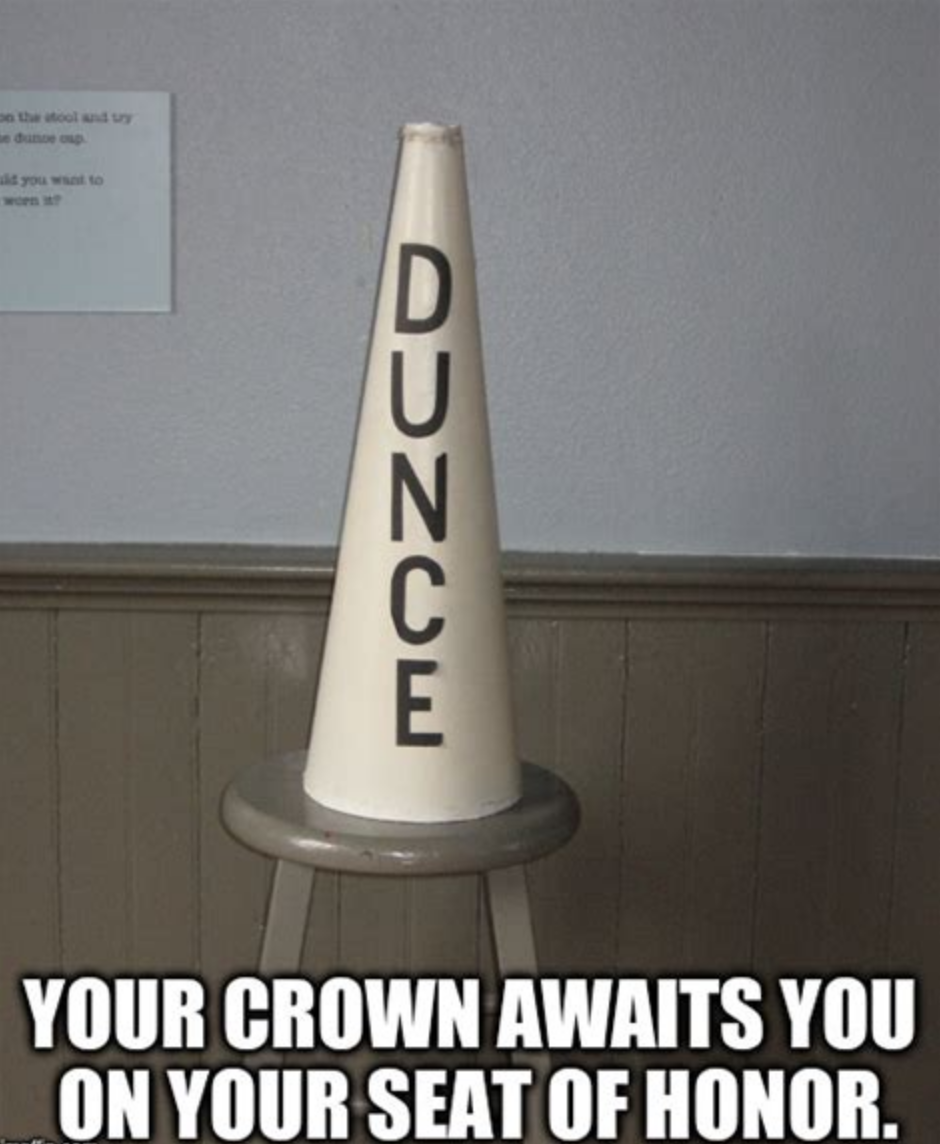What are the odds that two powerful investor owned utilities participated in schemes to provide financial favors to state legislative leaders in exchange for legislation that financially benefited the utility in two different states? Are these two unrelated and isolated incidents that just so happened to be uncovered around the same time.... or is there a bigger scandal waiting to be uncovered?
FirstEnergy was outed in Ohio, and then it was ComEd's turn in Illinois. ComEd has been accused of providing jobs for people directed by Michael Madigan. How much of the money ComEd paid to these people in exchange for little to no work came out of the pockets of struggling electric consumers? In the case of FirstEnergy, it was millions that "accidentally" (or on purpose) got accounted for wrong and recovered through electric rates. ComEd is accused of funneling money through lobbying firms (which would not be recovered from ratepayers if ComEd accounted for it without "accident"), but also for paying a law firm for legal work that never occurred, hiring numerous paid interns, and appointing a ComEd board member that the company didn't really have a use for. All of those payments probably came out of the common man's pocket through electric rates.
When is FERC going to treat their rate cheaters like the criminals they are? When it is discovered through audit that the utility recovered expenditures it was not entitled to, FERC gives them a slap on the wrist and makes them give back the money they stole. There are no penalties or punishment whatsoever. The utility is free to go forth and commit the same errors again. Maybe they're caught at it in the future, or maybe they simply get away with it because nobody is paying attention.
But what happens when FERC detects market manipulation by an outsider, like an energy trader? These accused violators are hounded to the ends of the earth and assessed outrageous fines in the millions of dollars.
There's no equity here. FERC's utility pets are given free rein to steal as much as they want from electric consumers, while electric market traders are prosecuted for things that aren't even against FERC's rules, because the trader "should have known" that making money in electric markets was somehow wrong. How does this protect electric ratepayers? FERC's inequitable treatment of entities that steal from ratepayers needs to be fixed.
And there's probably plenty of stealing going on. What are the chances that if two totally separate utilities in two different states were caught bribing state officials for financial benefit that EVERY utility does the same, in some form or other? Of course they do. Despite flowery corporate ethics policies, making money trumps everything. Handing out money and favors is how utility profits are made. They all do it.
Time to crack down...


 RSS Feed
RSS Feed